The Success of the New Evacuation Drill at LRHS
Lakeland Regional High School has implemented a new drill system for the 2018-2019 year that not only creates a safe space during drills, but streamlines communication between administration and staff. This system was put to the test on Monday, November 11, 2019, when the school was evacuated for a small gas leak, and it passed with flying colors.
The new drill at LRHS now has everyone evacuating to the football field versus everyone going to different parts of the school depending on where their class is located. The display below shows where each section of the school is to evacuate to, traveling through the track to get to their assigned locations.
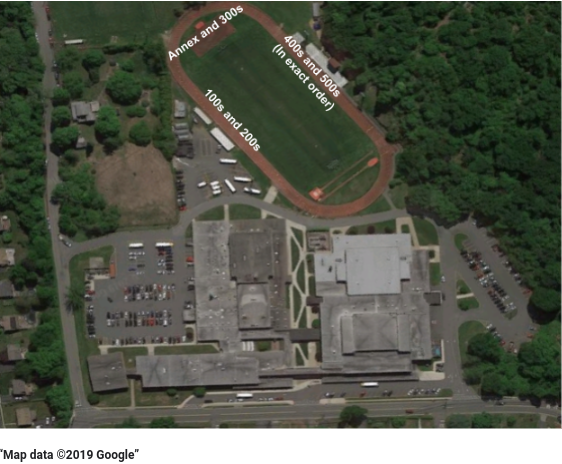
There are four types of drills that the states require schools to practice throughout the year, with at least two practice drills a month. These include fire drills, evacuation drills, shelter-in-place, and active shooter/lockdown drills. However, the new system put into place this year has been assigned to both fire drills and evacuation drills, and, according to Assistant Principal Dr. Ronald Finkelstein, this eliminates students confusion between the two drills, which had been similar-yet-different.
The new system now allows the staff to communicate more efficiently among each other, as all of the teachers are now within a short walking-distance of each other, as cell phones are prohibited during an evacuation. The reason for this is because the use of cellphones all at once during an emergency situation can overrun the cell-lines and towers, making it difficult for communication among the responders. At the same time, having the staff and students all together also allows staff and students to more easily evacuate to Wanaque school in the case of an emergency situation.
However, some students are still unsure why we have to go out to the field for drills. Senior Zachary Sienko, for example, doesn’t understand why we can no longer go out front.
According to Dr. Finkelstein, it all started last year when an electrician was shocked while working near the annex and the school had to evacuate the staff and students; a day that the sophomores, juniors, and seniors here at LRHS remember well. Emergency responders and personnel at the scene that day informed the school leaders that the evacuation drill, at that time, could be improved to better ensure the safety of the staff and students, as well as to make the situation easier for the responders to take care of.
I appreciate it not only for the extra time away from class, but I actually do appreciate the staff’s concern regarding the improvement of our safety.
— Satirios Agalopolous, Senior
A main part of the problem was that students were in front of the building, which is where responders, including firetrucks and ambulances, drive through and park to assess and assist during the evacuation. Having the students lined up in the front posed the threat that they could be hit by an emergency vehicle, as well as crowd the scene and path for the emergency responders, making the situation more difficult.
After taking the responders’ thoughts and propositions into consideration, the leaders of the school decided that the drill system needed to be changed to ensure the safety of the students, allow more efficient communications among staff, and to help clear the way for the emergency responders. With Dr. Finklestein in charge of coordinating the evacuation routes that students and teachers now follow, the school put the new drill system into place this year.
Satirios Agalopolous, senior, understands the schools point-of-view in creating the new drill plan, and is glad that the school cares enough to put it in effect.
After a couple trial runs, modifications to the routes were made by Dr. Finklestien, who felt that too many students were being evacuated through the same doors, causing bottlenecked routes. The new evacuation drill is starting to become more seamless, which was evident during the recent true evacuation, and has been set into place as a permanent change at LRHS for the safety of the students, staff, and first responders.

Vince is a senior at LRHS and a prominent staff writer for The Lancer Ledger. He has been a dedicated writer for over two years straight, devoting most...



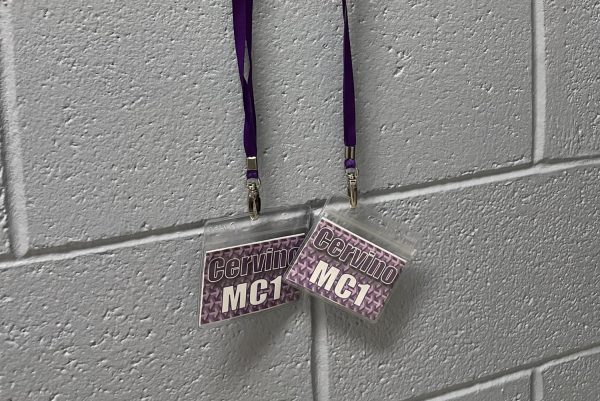
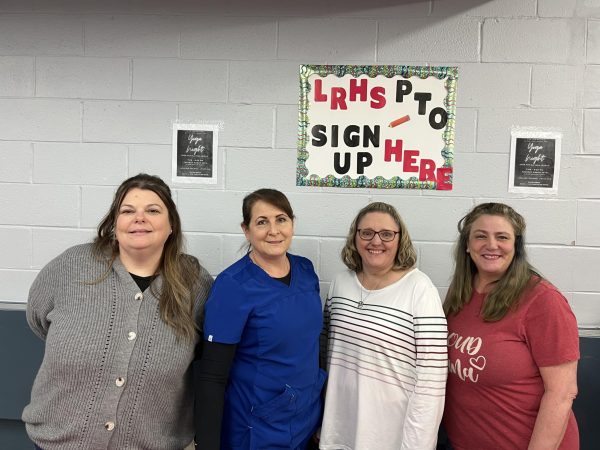
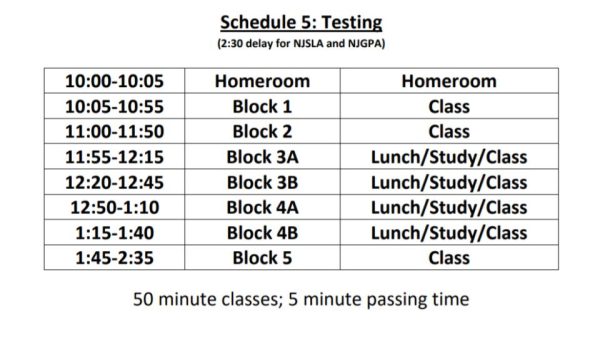

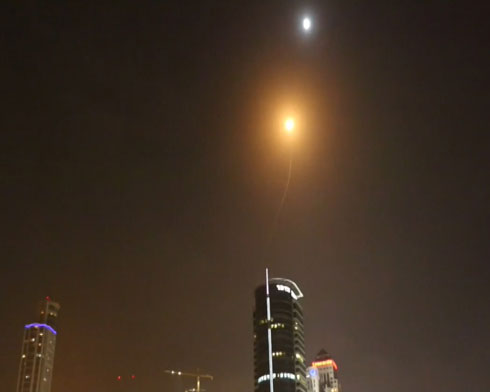


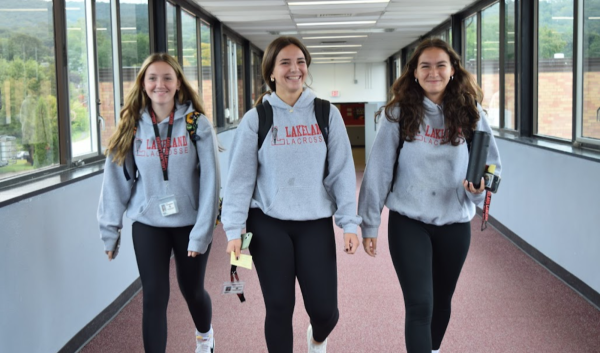
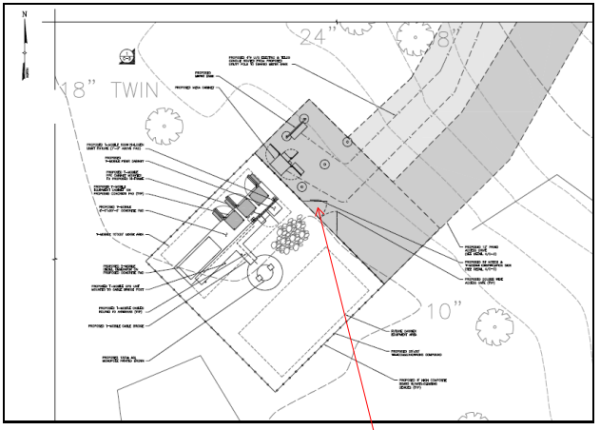
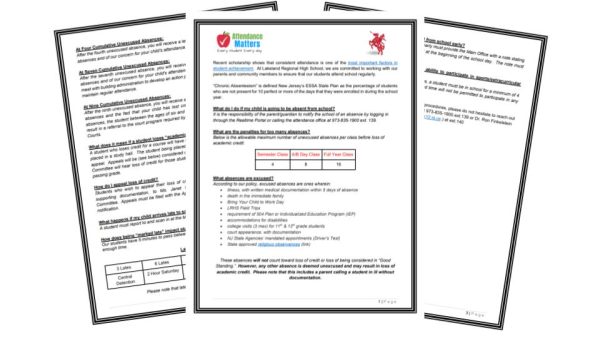


Mrs. Cawley • Nov 14, 2019 at 11:18 am
Thorough reporting, Vince!